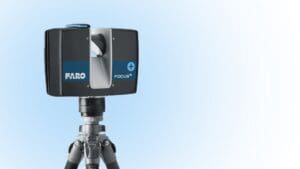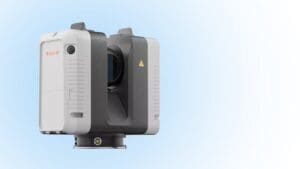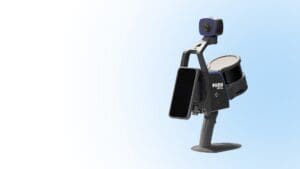Advanced, high-capacity long-range 3D scanners can capture the survey data, metrics, and geometry of the largest objects, from buildings to landscapes, vehicles to machinery, and are engineered to do so in minimal time. For professional, architectural, and industrial applications, long-range scanning equipment is far preferable to a smaller-scope model, as processing times reduce from days or weeks to minutes, with data captured at 200,000 to two million points a second for state-of-the-art scanners.
This equates to a scanning speed of up to sixteen frames per second, which means a user could scan an accurate, 360-degree view, or full dome, in as little as 1.7 minutes. Much may depend on the working distance from the area or object being scanned and the resolution of the long-range scanner, but the outcome is hyper-fast scan rates that capture flawless 3D data and HDR imaging.









